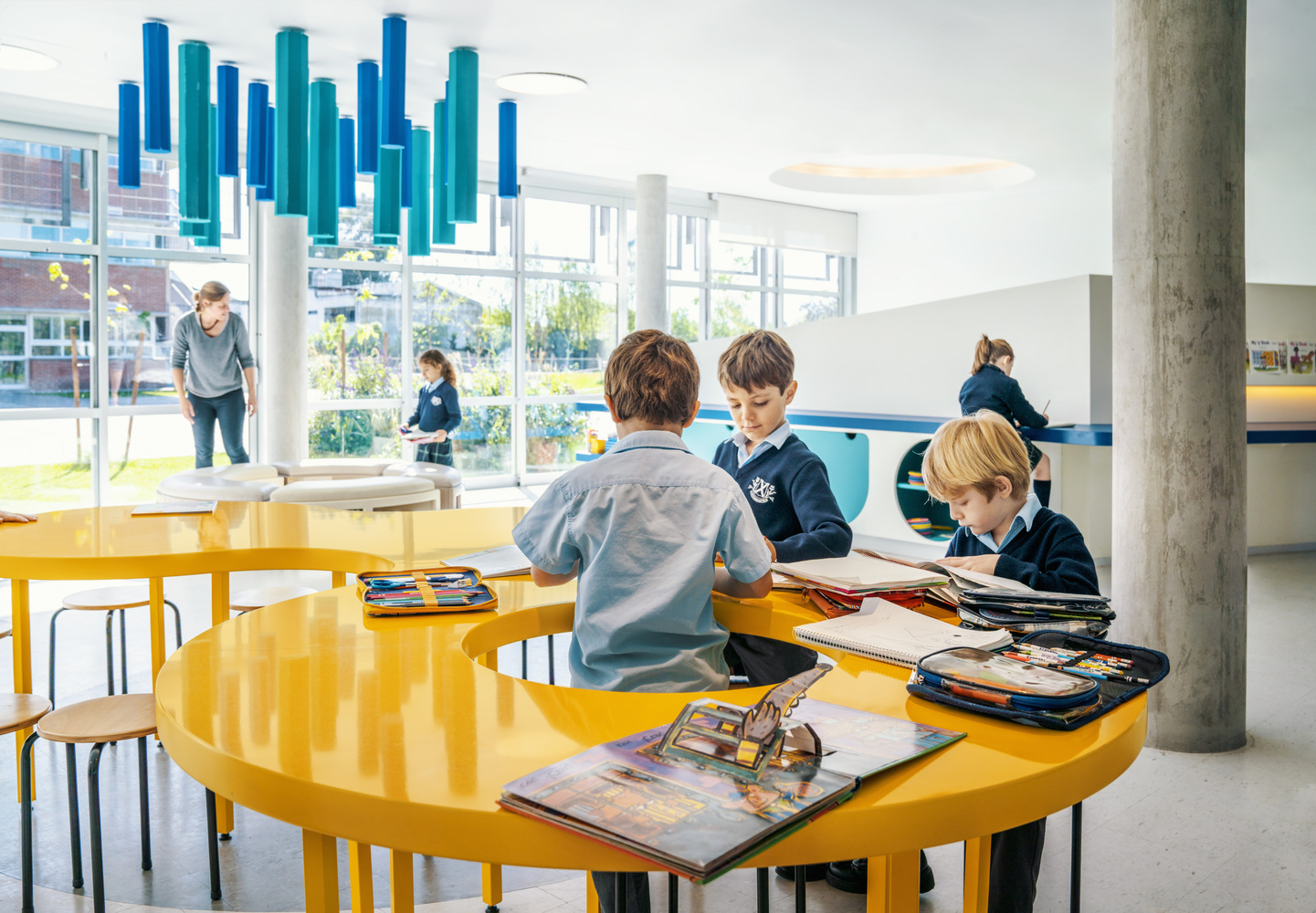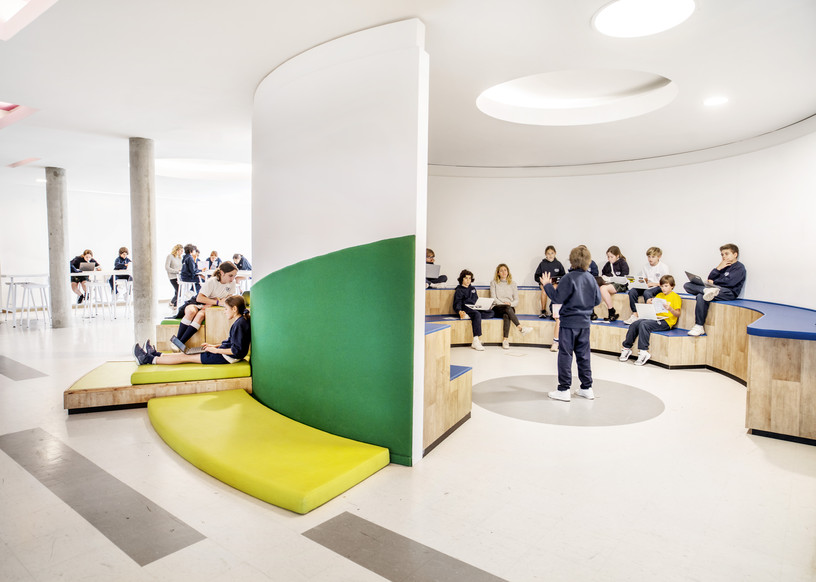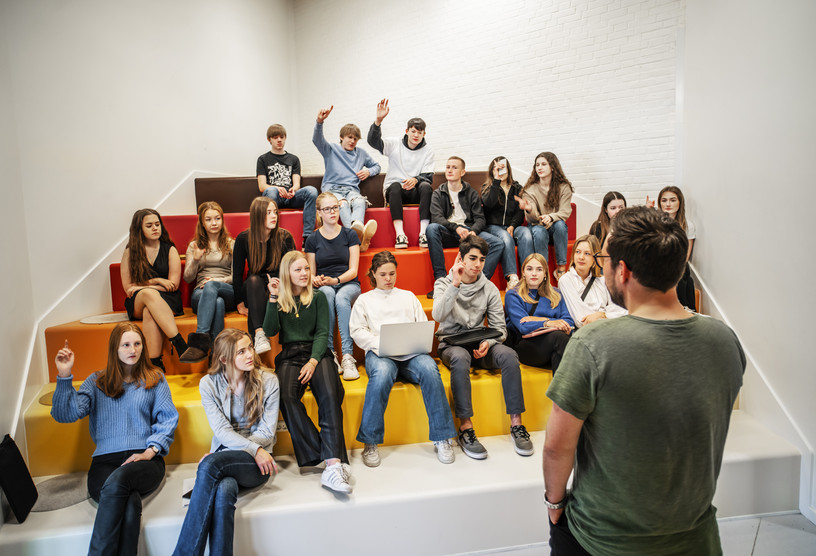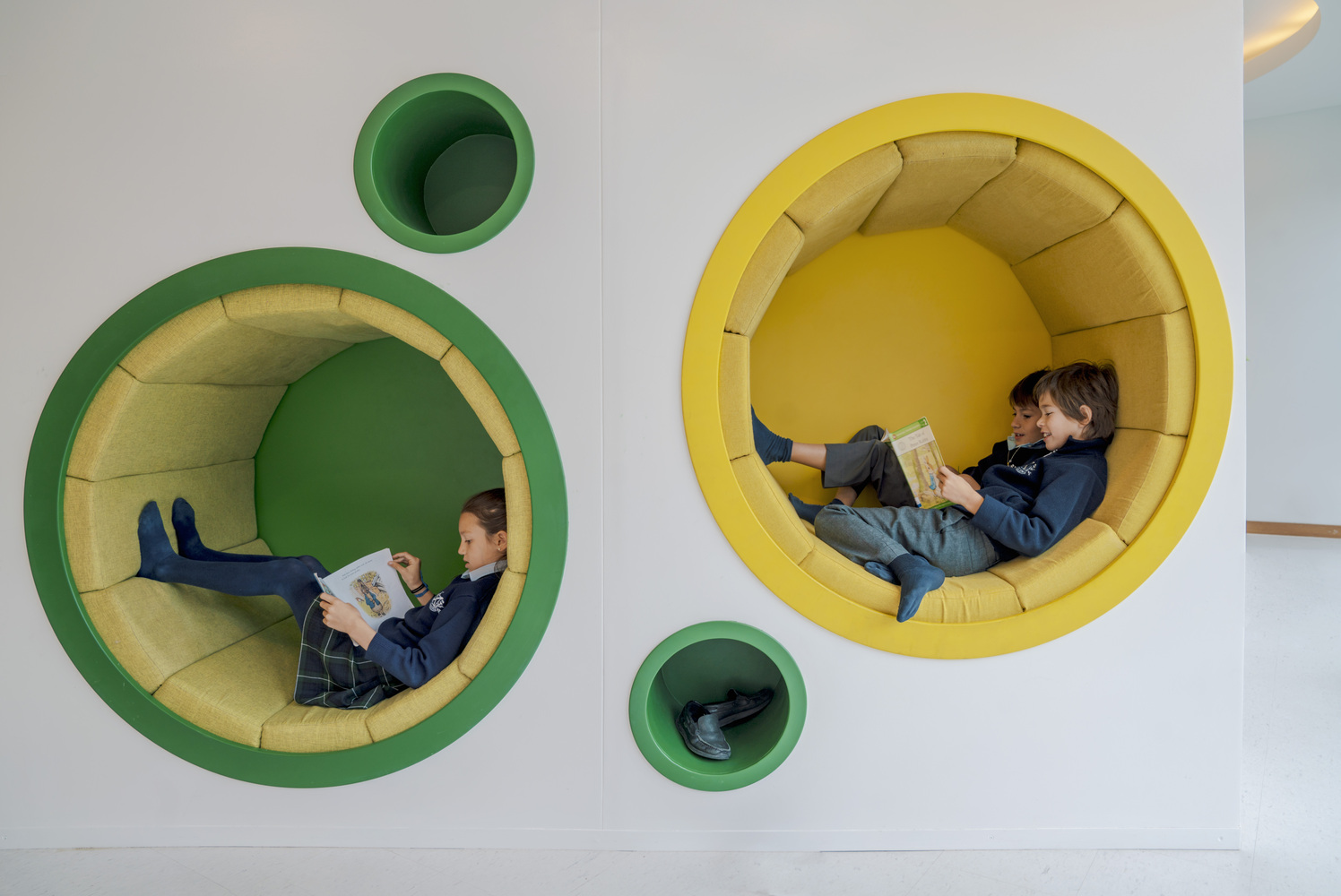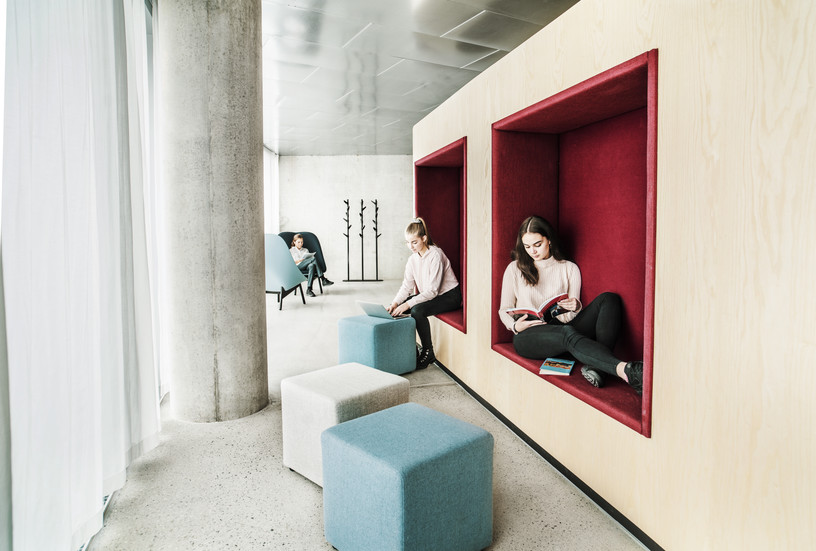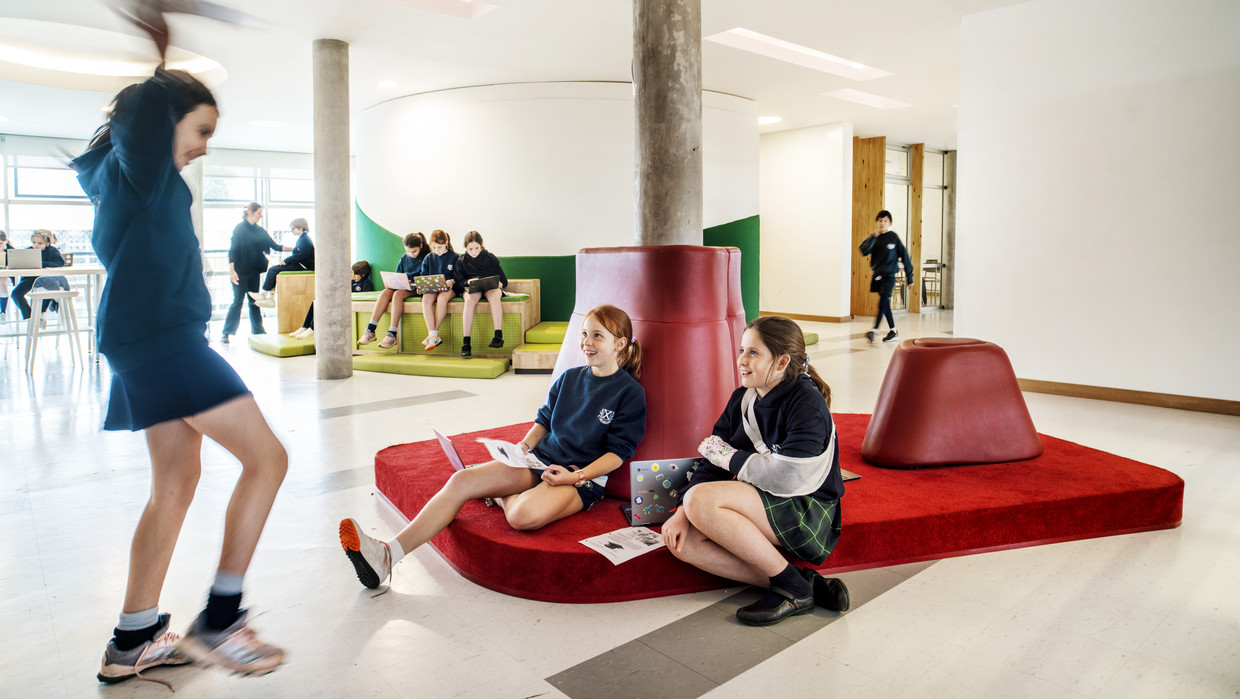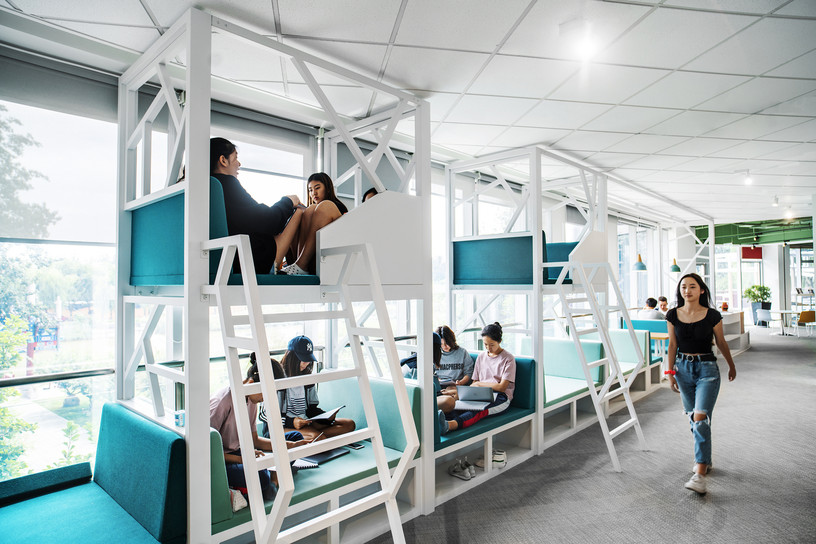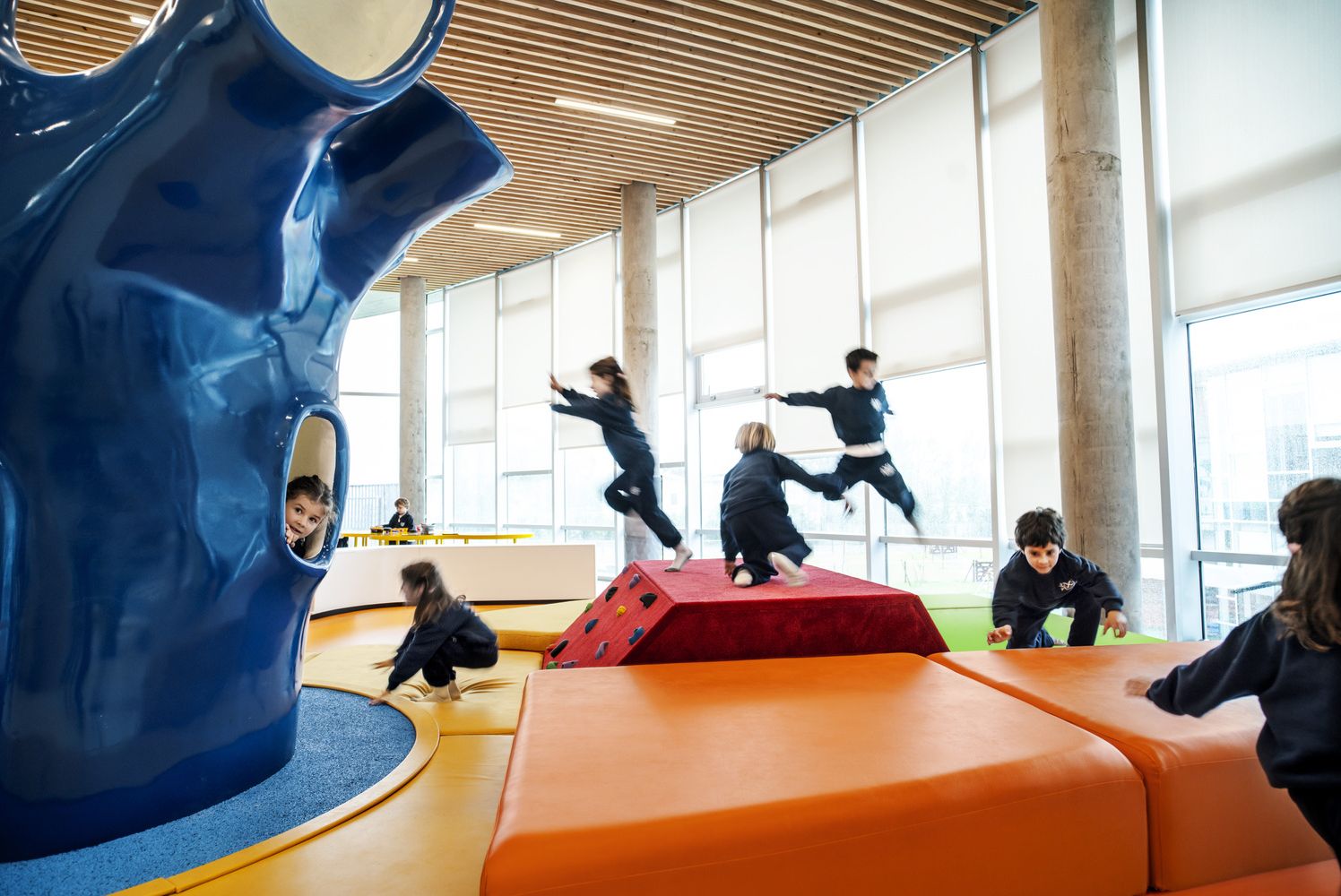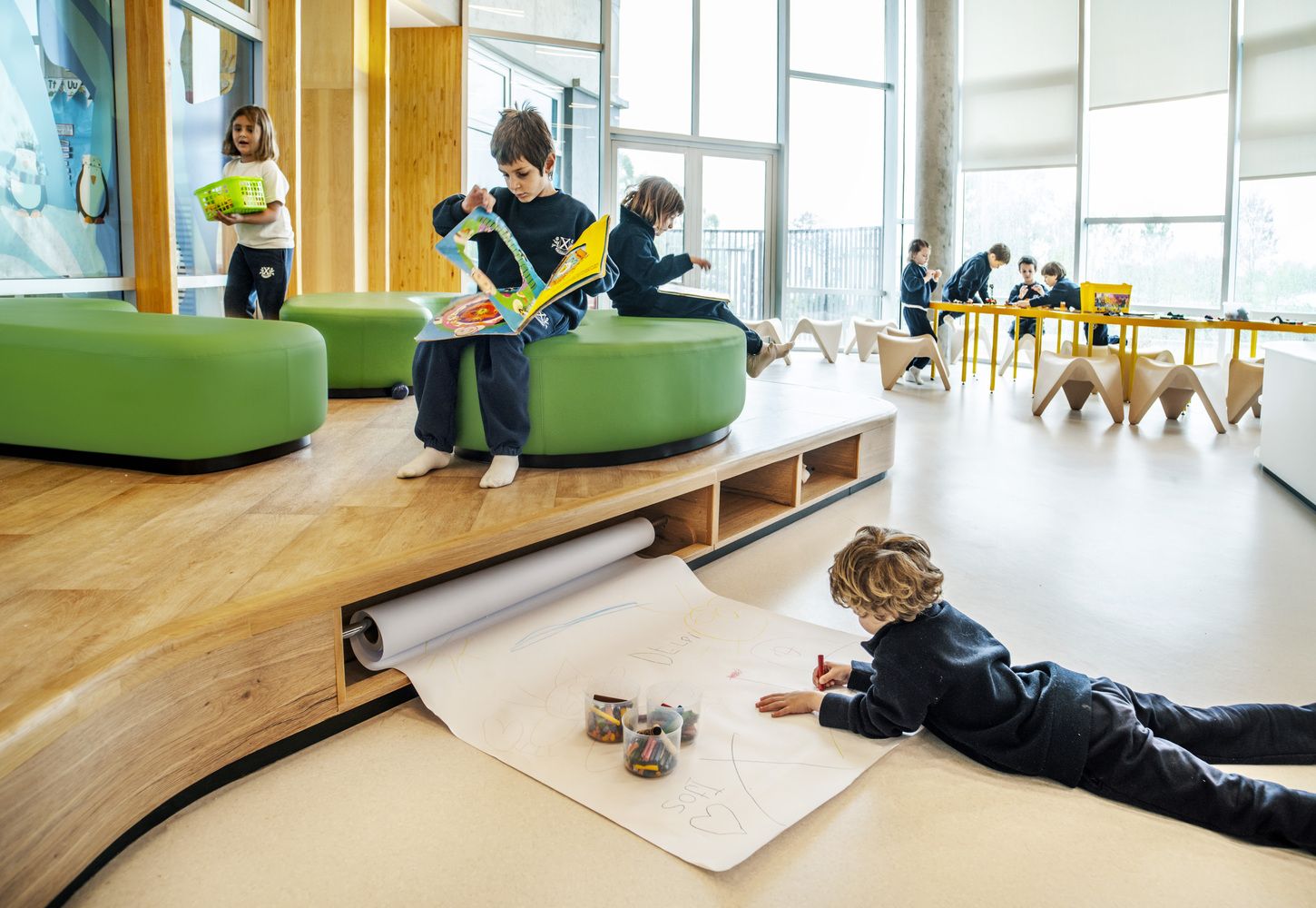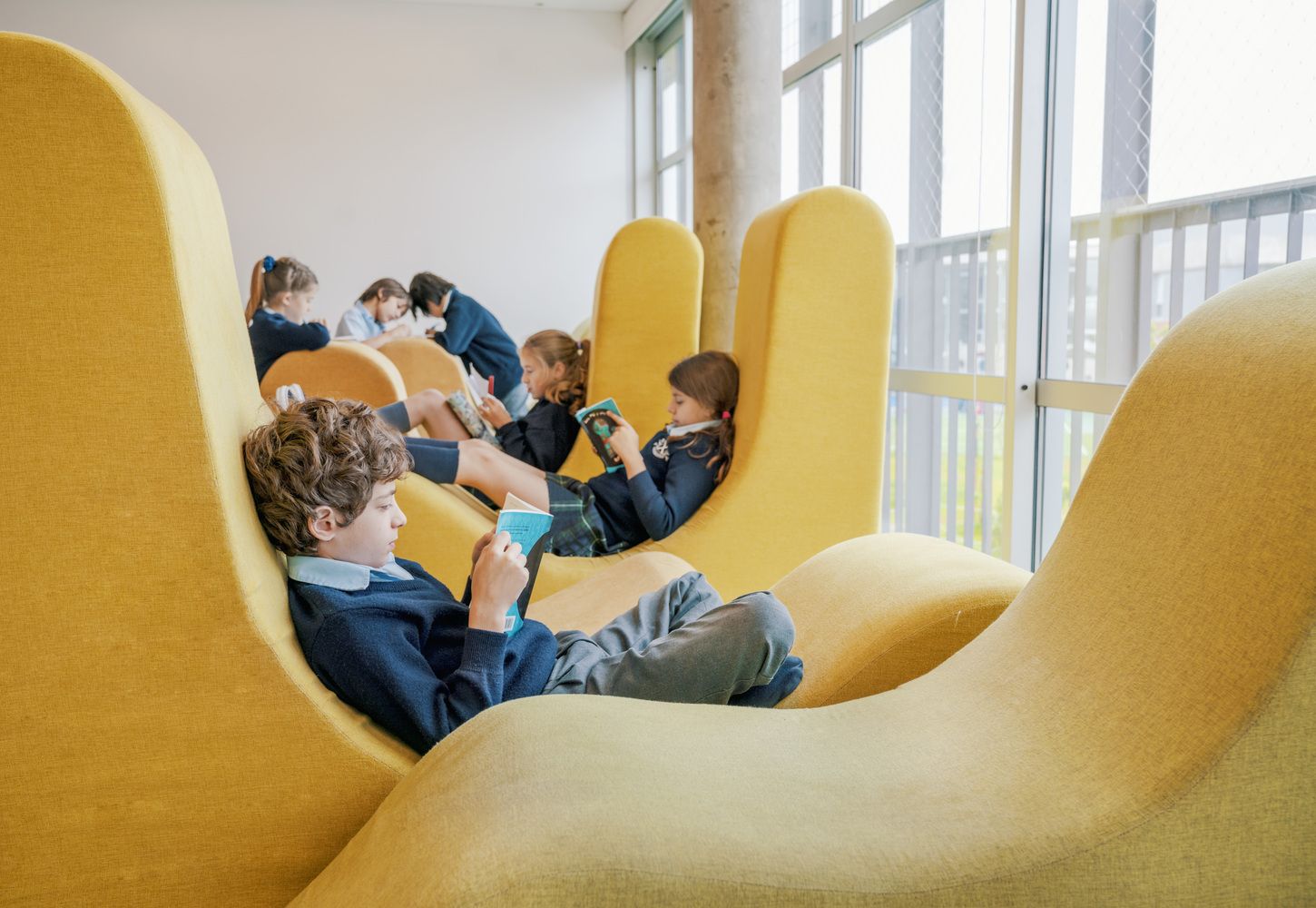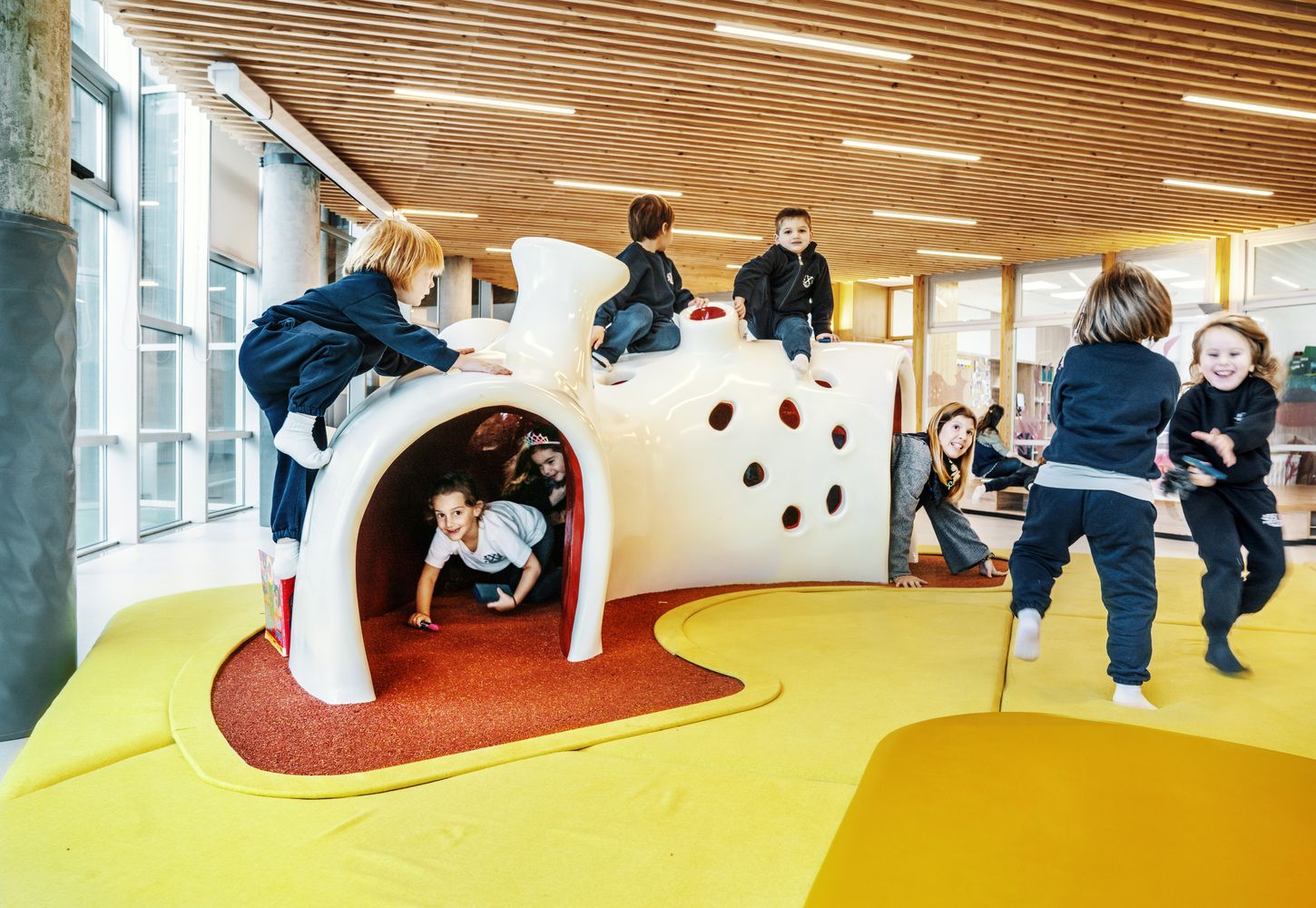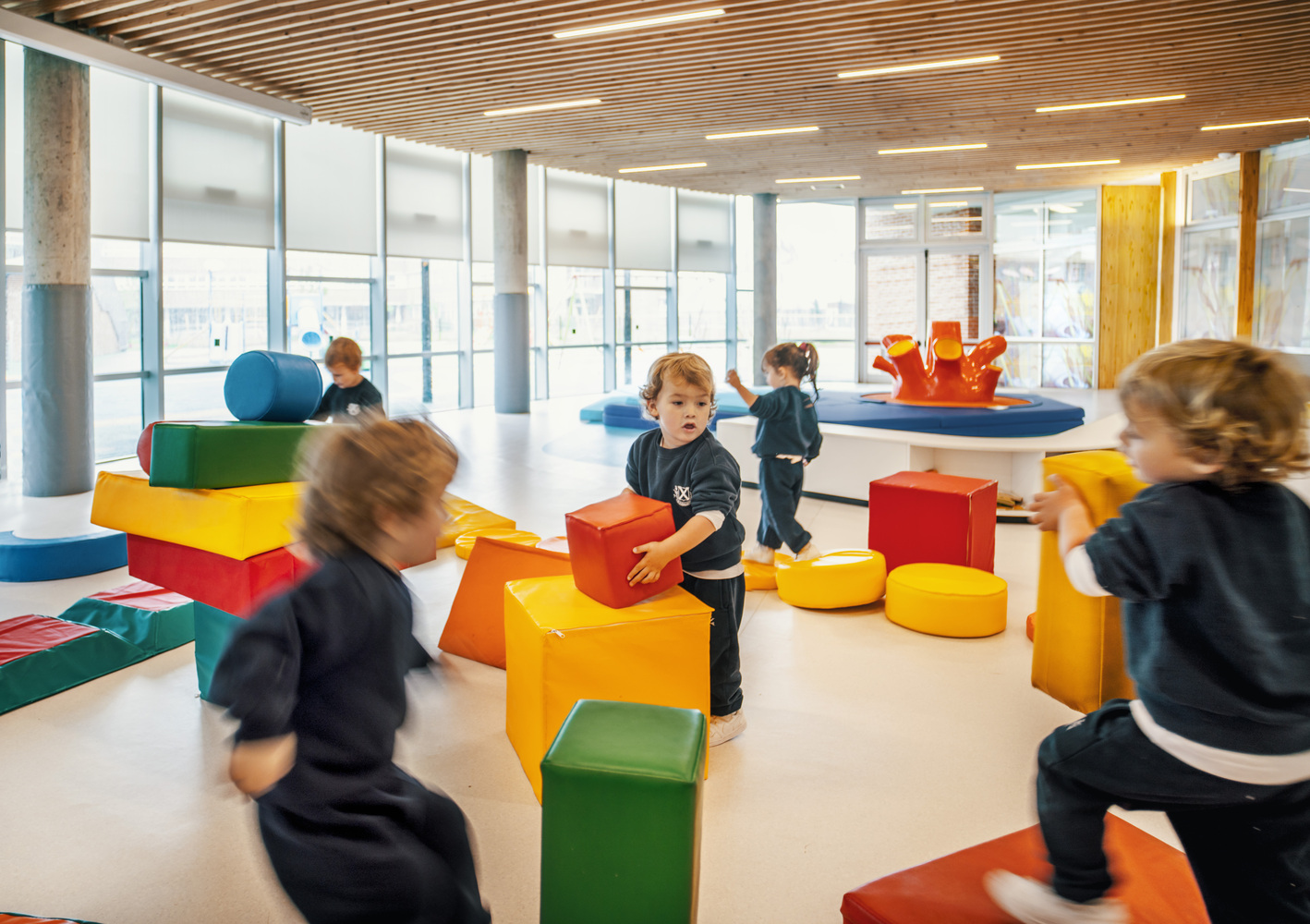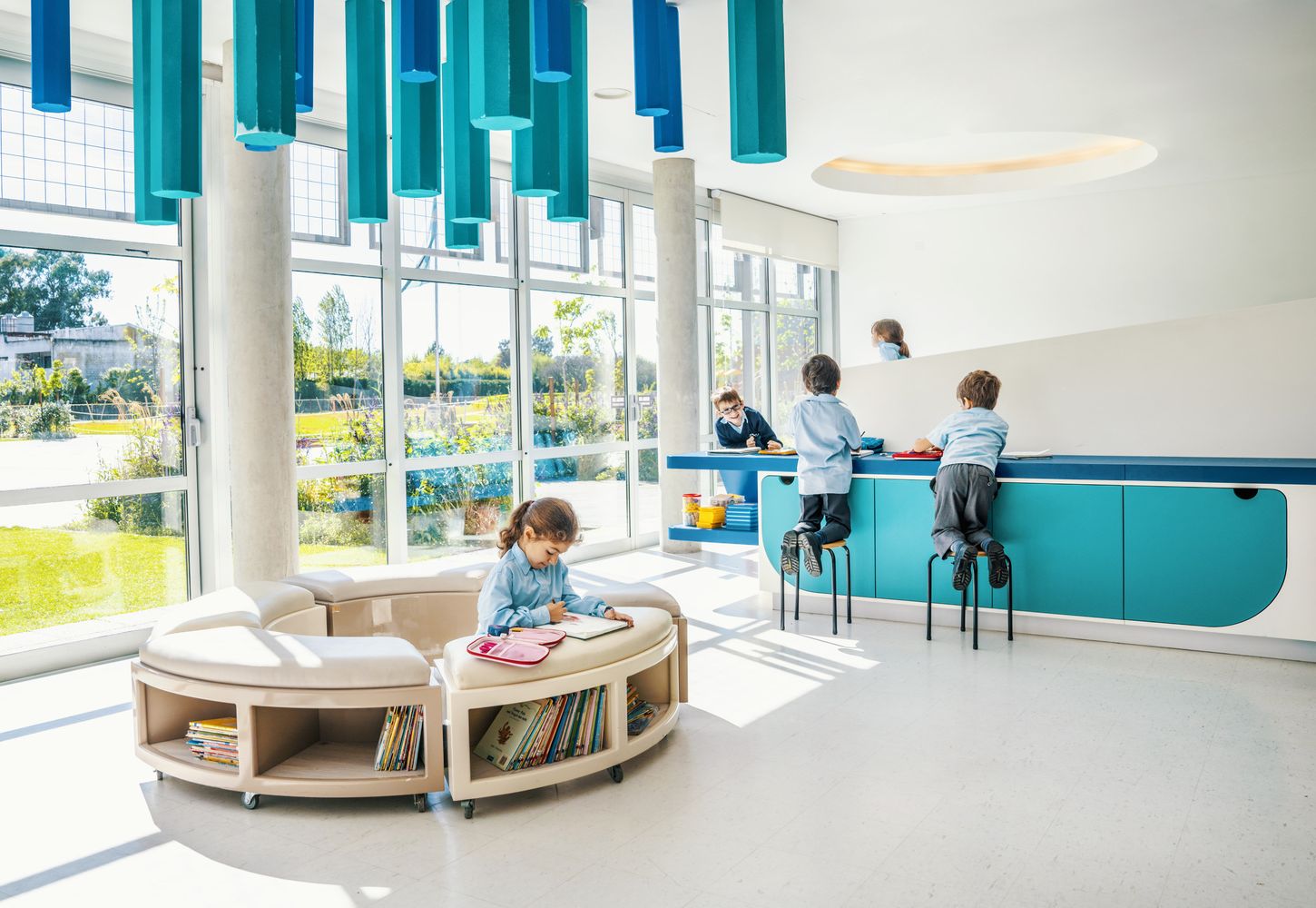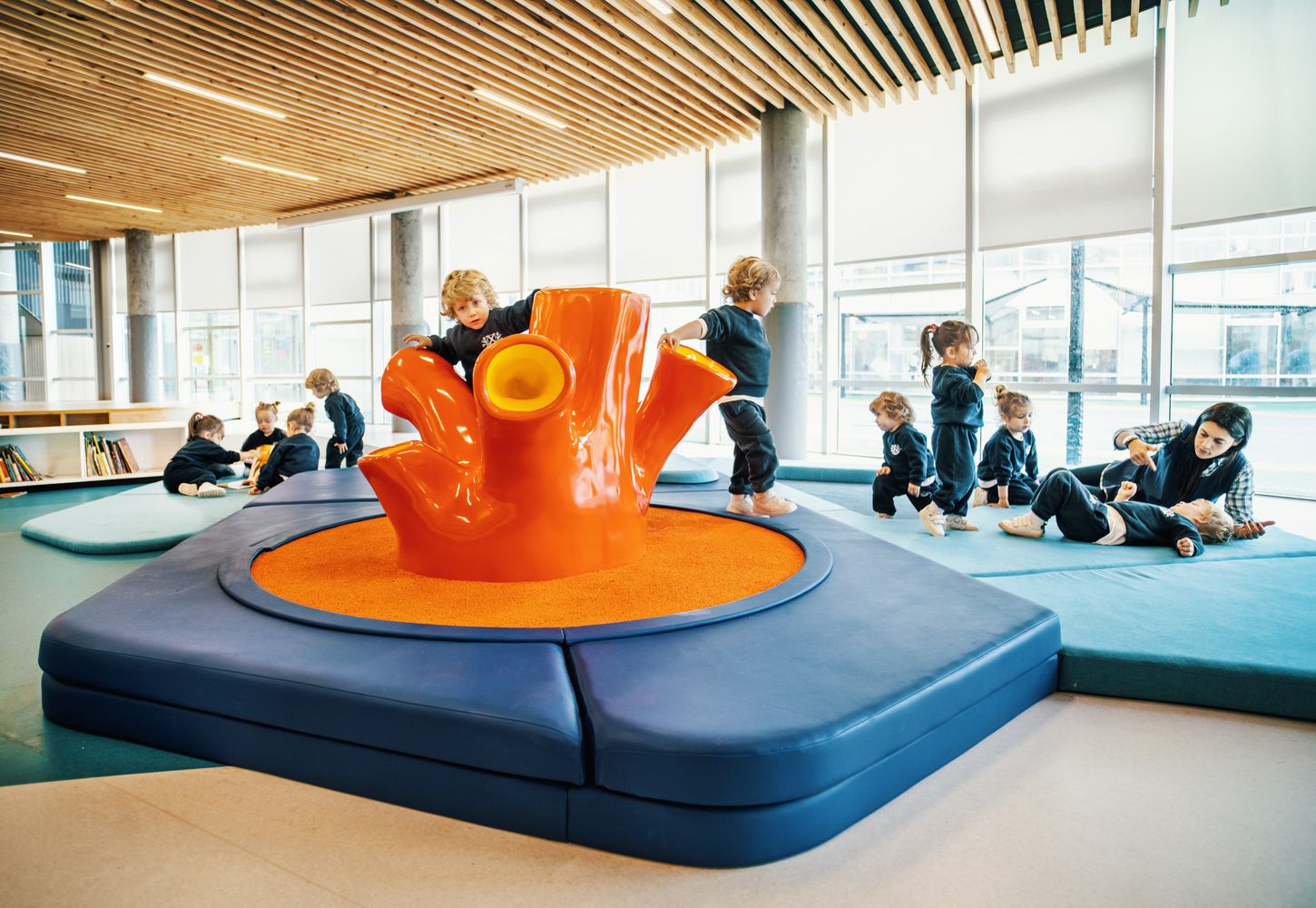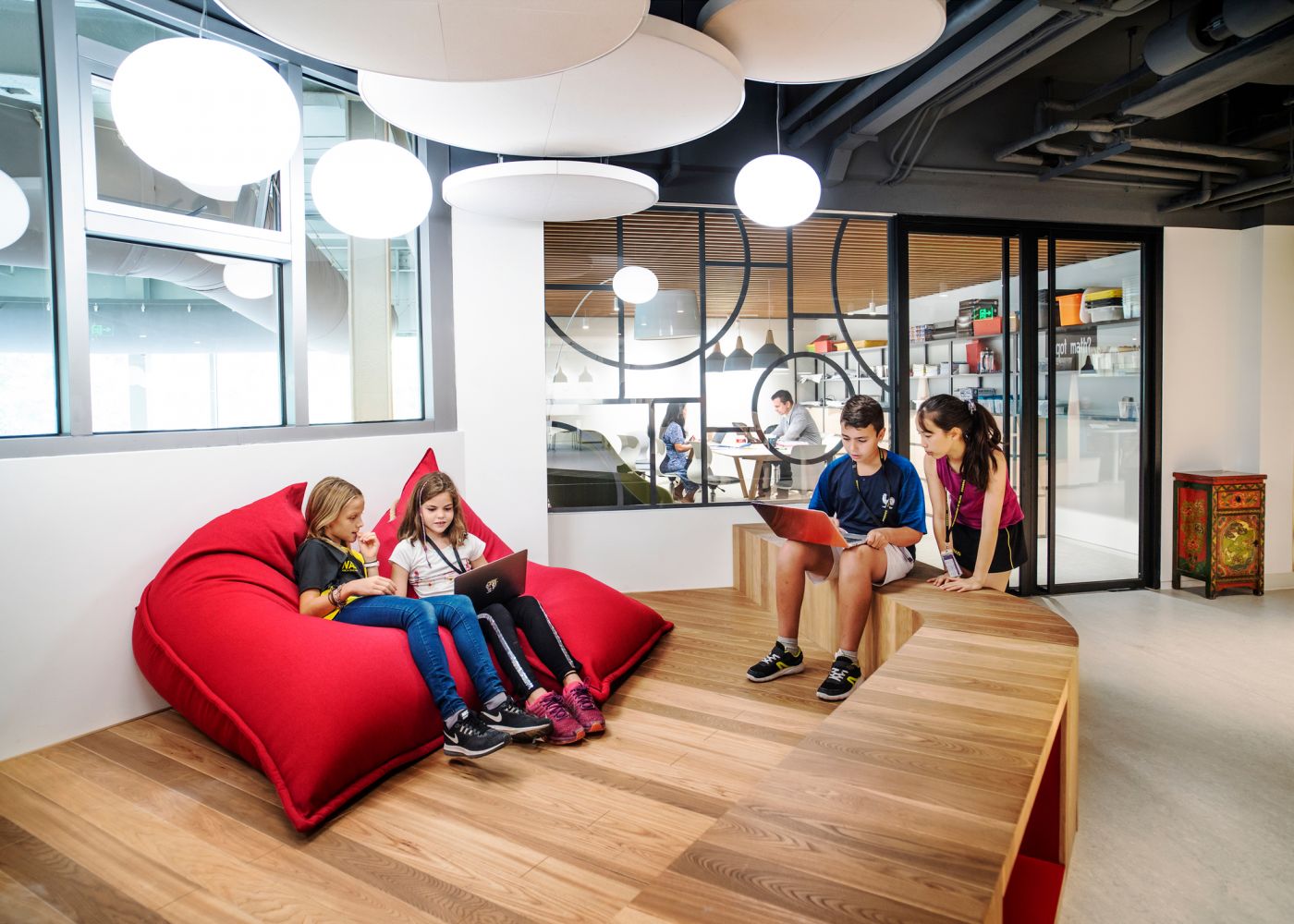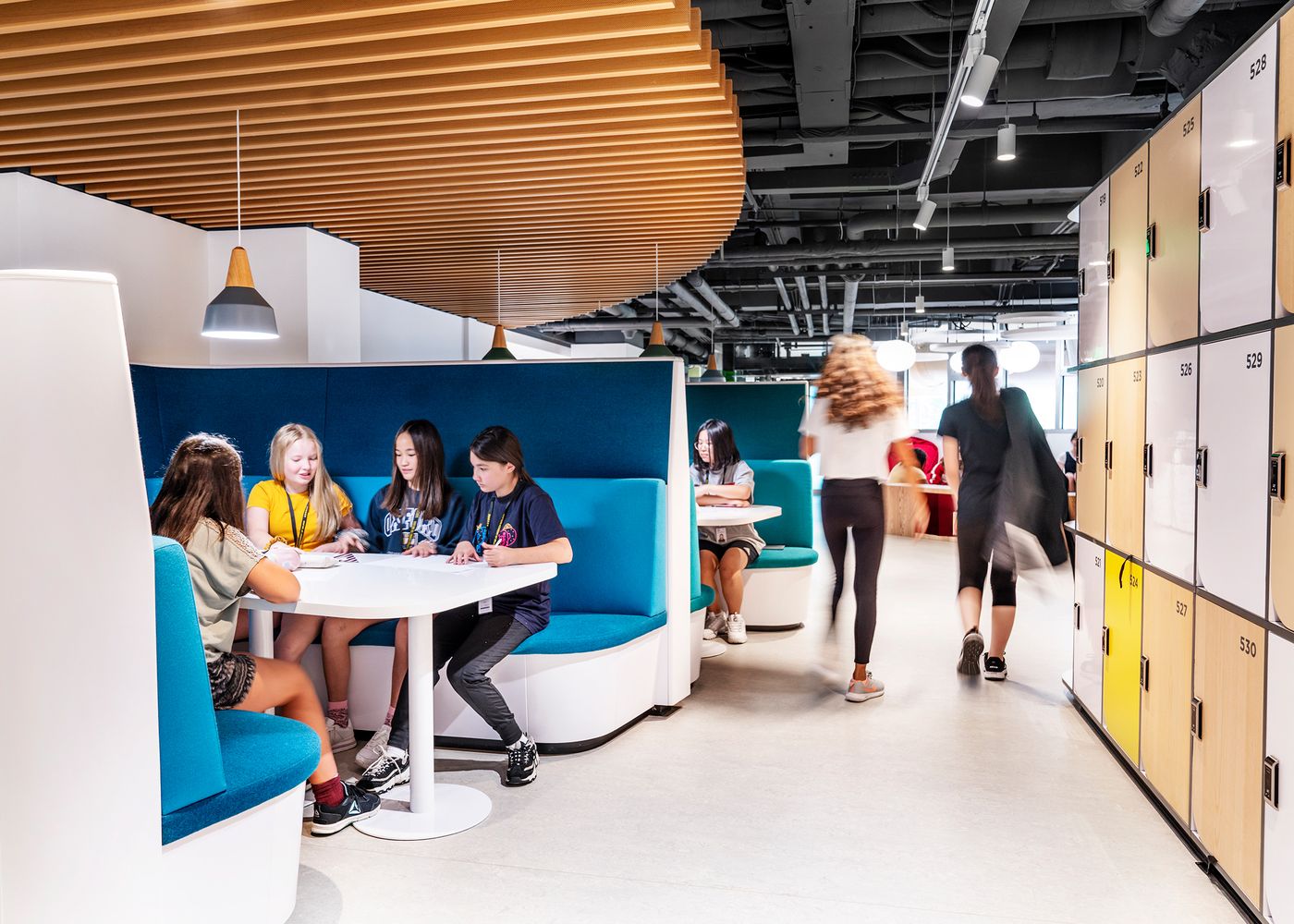Rosan Bosch is the founder and creative director of the Danish architectural company Rosan Bosch Studio. Rosan has become famous for her approach to designing learning spaces, from schools to libraries, which she has been engaged in for more than 25 years. The architect starts from natural situations, primarily communicative ones that arise in the educational environment, and even created their typology. When planning the school environment, Bosch mixes art, design and architecture so that the space meets the needs of children and encourages them to study. She managed to implement her ideas in a variety of countries, from Sweden to Argentina, and worked with both national authorities and private schools.
“I continue to be an artist”
Rosan, I read that before you opened a design studio, you were an artist. Tell me, is it possible to remove the “status” of an artist from yourself?
That’s right, I was engaged in modern sculpture and installation. And I continue to be an artist, it’s part of my identity. But I would be lying to myself, claiming that nothing has changed since the studio opening. When it appeared, the essence of my activity changed very much. Now, first of all, I am the founder and head of a fairly large design company with a precise and clear focus on education.
How does previous experience affect your current projects?
What exactly did I bring from art to work? My answer is this: our studio turns meanings into objects. And in a certain respect, our schools are very close to what can be called an artistic object. In general, I think that art is not so far from school. Art as a process can be a part of school life and, in principle, adult education too, because it’s always about asking questions. This is an opportunity to ask the question “Why?” an infinite number of times, preserving the childlike spontaneity and curiosity. From this point of view, my inner artist is constantly involved in the work on the projects of our design studio. I call this approach to the design of the learning environment “human development”. We strive to openly broadcast that a man is a machine for learning and development. Learning is part of our DNA. And we need to build schools that do not interfere, but help these processes.
What kind of specialists does your team consist of?
I select employees very carefully and strive to find people who have some specific professional experience in the past… like me (laughs). Sociologists work in our studio, there are several architects with an artistic past. One of the employees worked his way from a policeman to a teacher, after which he went into business management and became part of our team. I feel like a collector when I read a portfolio. I think people with rich and diverse professional experience strengthen us as a team.
“We say: Campfire, we mean: “Group work”
Rosan designs an educational environment based on spatial metaphors describing informal, natural ways of learning, working and communicating in a school environment. A similar approach to the educational process was first formulated by the American writer and futurist David Thornburg, who has been working as an education consultant for the past few decades. He came up with the concept of space archetypes created around images of natural locations. There are four archetypes. The Campfire is a lecture space. The Watering Holes is a space for free communication between students. The Caves are secluded spaces for reflection. And the Life is the space of realizing the acquired knowledge. For an effective educational process, these archetypes must be in balance.
Is it possible to say that David Thornburg’s spatial metaphors have become a starting point for you in designing an educational environment?
Hmm. Yes and no. But probably yes. I got acquainted with David’s ideas even before Rosan Bosch Studio appeared. Then I had another company, with a partner in which we were doing our first school project. Then cooperation with the Vittra Telefonplan, the network of Swedish schools began, their director introduced me to David.
I found that his ideas were very in tune with what we were going to implement in our first school. His metaphors are very clear, capacious and understandable, but at the same time they have such an archaic, slightly primitive character. When he describes a campfire-type space, he almost directly imagines that young people are sitting around the campfire, who are listening to a wise old man. In our work, we have rethought these metaphors and offered our own interpretation.
But what we really took from David Thornburg is the method. The idea that a particular space can be associated with a certain type of communication and be metaphorically described.
Metaphors really help to convey our concepts to customers. We work in different countries with different cultures and need a tool so that people in China, Egypt or the Faroe Islands can understand what we are trying to offer them. And these metaphors, for which we have come up with visual symbols, are a kind of language. It helps to overcome the difference in cultural perception.
